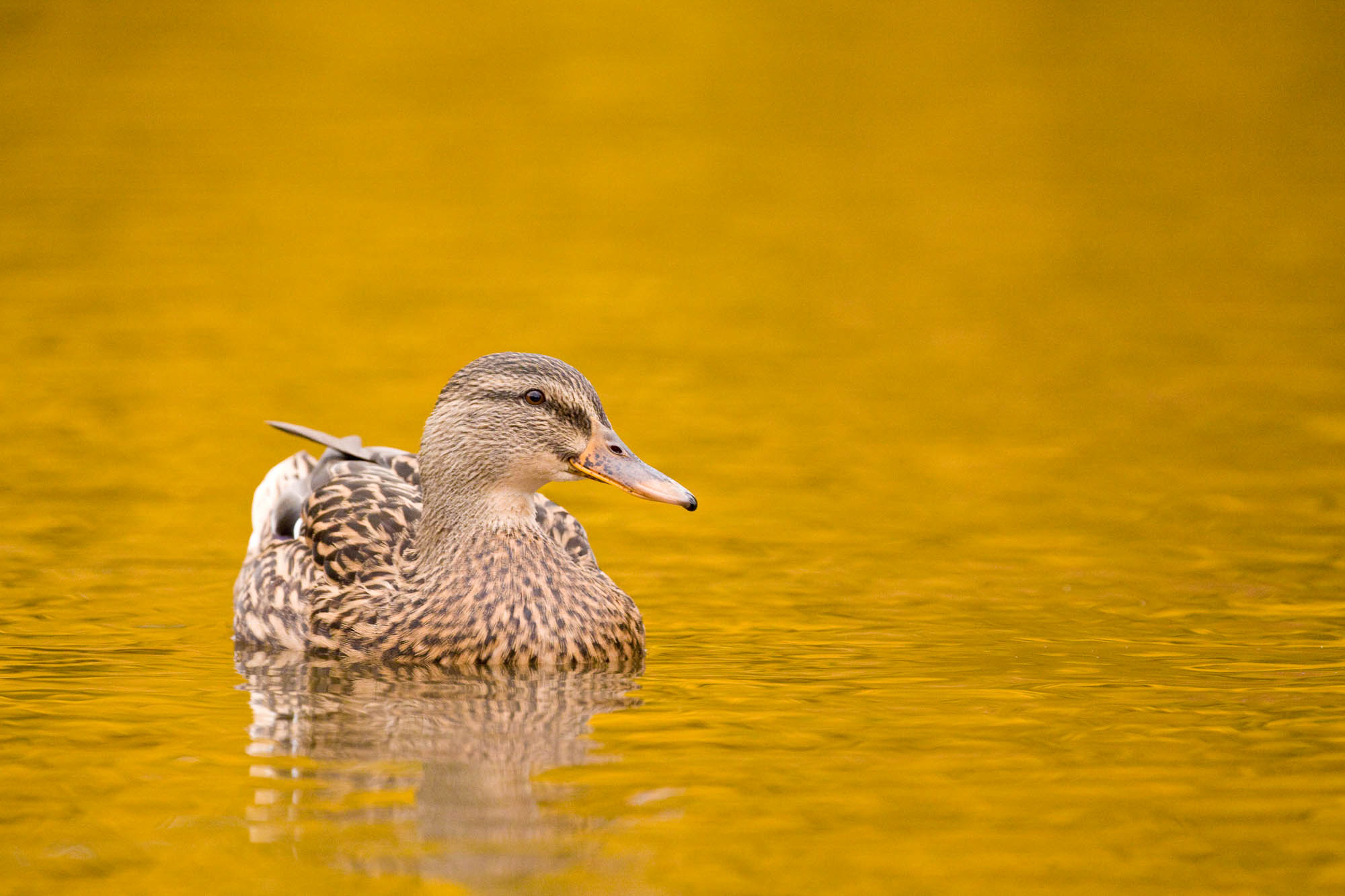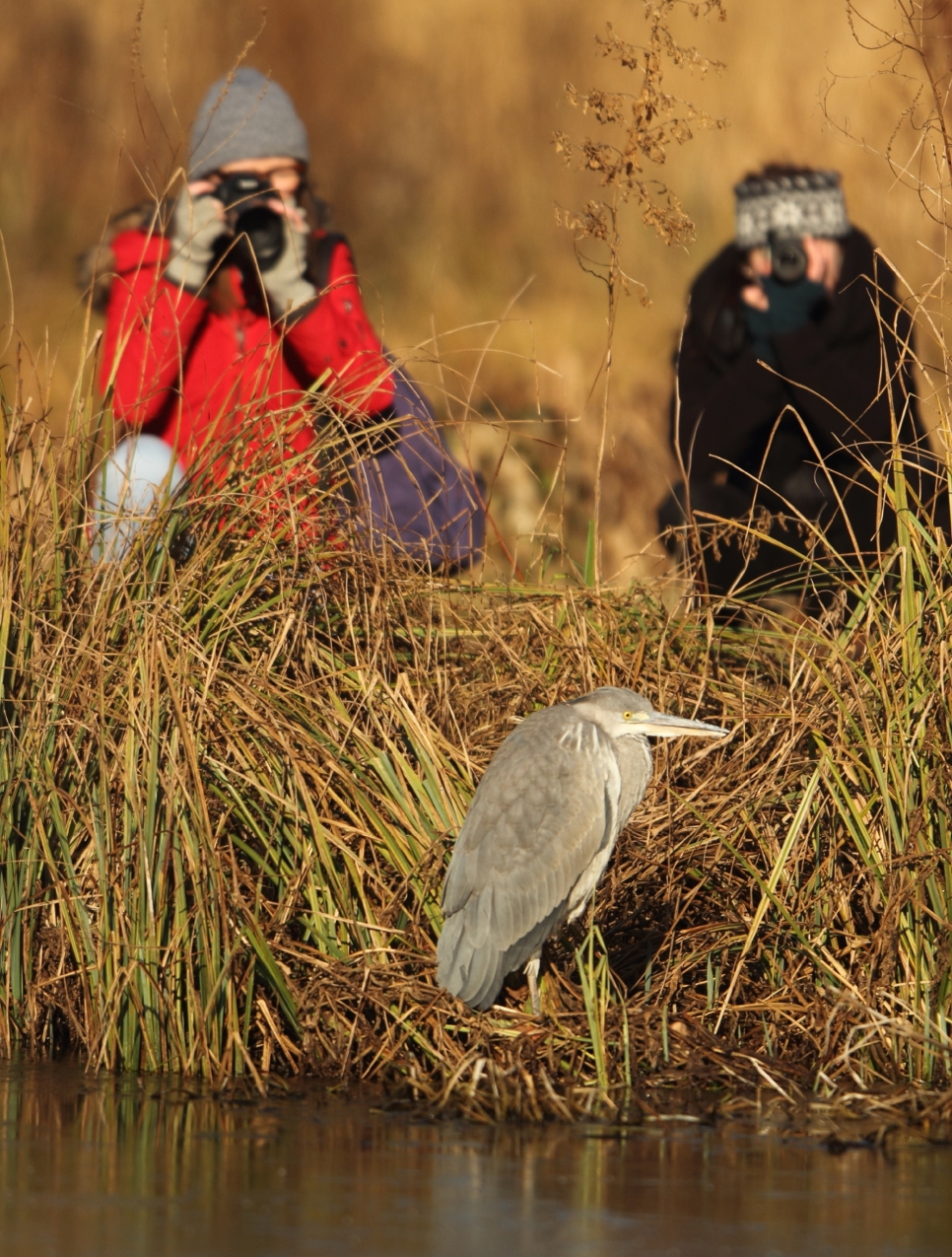Animals creep out of hibernation during the mild weather
But have they heard the forecast?
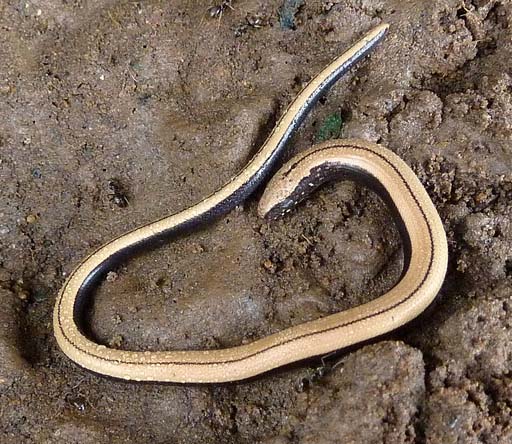
While Britain battens down the hatches in preparation for an icy blast from the north, the bats at WWT London Wetland Centre have been making the most of the mild weather so far this winter.
There were 36 recordings of bats flying over the Centre’s main lake during the two weeks from December 21. Bats hibernate throughout the winter and only come out to feed if the weather warms up, an indication of the current mild weather. Three species of bat, including the Nathusius’ pipistrelle which is nationally rare, were recorded on a bat detector.
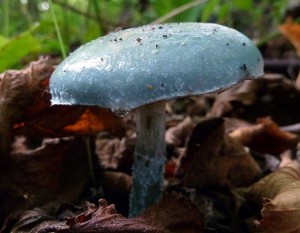
Just as unusually, on New Year’s Eve a warden at WWT London Wetland Centre found a confused juvenile slow worm in a refugia; the earliest - or latest? – sighting ever recorded at the wildlife reserve. Slow worms, which are actually lizards, are regularly seen throughout the warmer spring, summer and autumn months but hibernate from October until March.
Even fungi have come out of hiding, fooled into thinking it is still autumn. The beautiful Blue Roundhead mushroom has been spotted, an interesting find for the New Year to add to the excitement of discovering the near threatened species, Poplar Bells, at the Centre for the first time in late November.
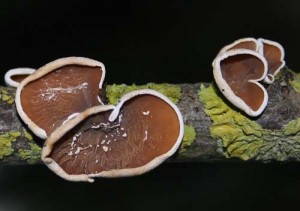
And signs of spring are already beginning to appear with catkins swaying from the branches of hazel trees in the Centre’s grounds.
It remains to be seen how the animals and plants will cope when winter returns with a vengeance this weekend.
